![]()
![]()
![]()
Use LEFT and RIGHT arrow keys to navigate between flashcards;
Use UP and DOWN arrow keys to flip the card;
H to show hint;
A reads text to speech;
45 Cards in this Set
- Front
- Back
- 3rd side (hint)
|
Minerals |
a naturally occurring chemical compound that's the building of blocks |
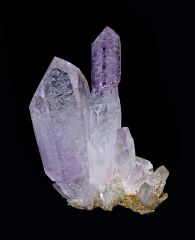
|
|
|
Ores |
a useful mineral that is a metal mineral or rock |

|
|
|
Fossil Fuels |
remains of living things that are burned to produce energy |

|
|
|
Physical Property |
things that are observed and measured without changing the substance |
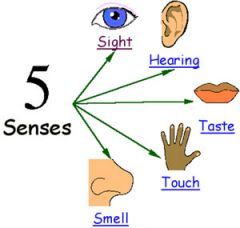
|
|
|
Chemical Property |
a substance that is observed and does have change |
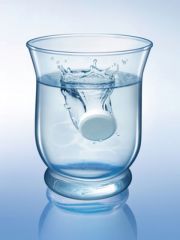
|
|
|
Rock Cycle |
a group of changes for rocks in all shapes and sizes |
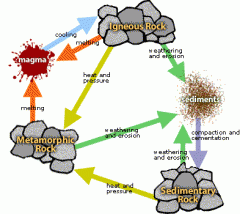
|
|
|
Sediments |
a piece of matter that settles to the bottom of a liquid |
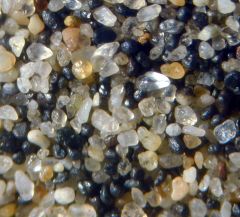
|
|
|
Sedimentary Rock |
forms of compaction/cementation of rock pieces called sediments |
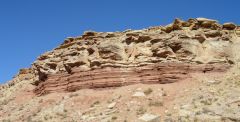
|
|
|
Metamorphic Rock |
when rocks are changed into different rocks by heat and pressure |

|
|
|
Extrusive Igneous Rock |
when cooling takes place rapidly on the earths surface |
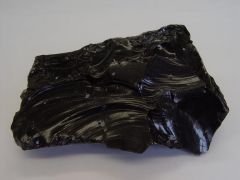
|
|
|
Intrusive Igneous Rock |
when cooling is taking place slowly beneath the earths surface |
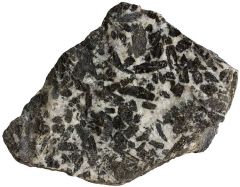
|
|
|
Mechanical Weathering |
the breaking down of rock into smaller pieces |
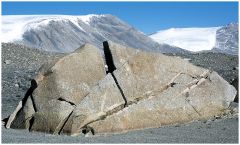
|
|
|
Chemical Weathering |
the decomposition of rock caused by chemical reactions, resulting in new compounds |
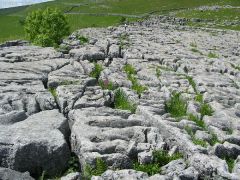
|
|
|
Erosion |
the transportation of a rock from one area to another |
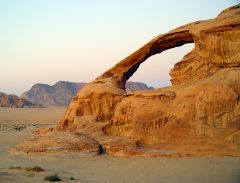
|
|
|
Deposition |
this is the dumping of sediments into layers |
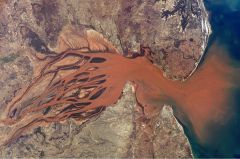
|
|
|
Density |
mass per unit of volume in an object |
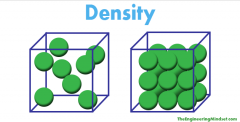
|
|
|
Continental crust |
thick part of the earth's crust that forms large land masses. |

|
|
|
Oceanic crust |
thin part of the earth's crust that underlines the ocean |

|
|
|
Lithosphere |
it's the rigid outer part of the earth |
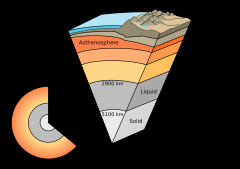
|
|
|
Asthenosphere |
it's the upper layer of the earth's mantle |

|
|
|
Mantle |
liquid layer between the crust and the outer core |
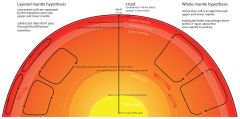
|
|
|
Outer core |
a liquid layer that's above the core and below the mantle |
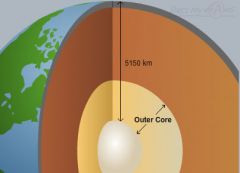
|
|
|
Inner core |
the hard middle of all the layers of the earth |

|
|
|
Tension |
applying force for something to stretch |
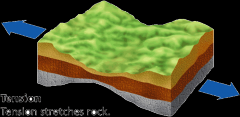
|
|
|
Compression |
to push things together with a great force |

|
|
|
Shearing |
when things grind past each other |
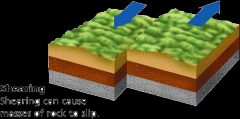
|
|
|
Convection currents |
the transfer of heat by the mass movement
|
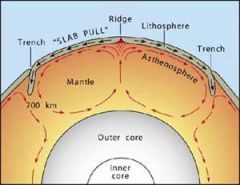
|
|
|
Theory of Plate Tectonics |
finish this |

|
|
|
Subduction |
sideways and downward movement of the edge of a plate
|

|
|
|
Hot Spots |
area in the mantle from which heat rises from deep in the Earth.
|
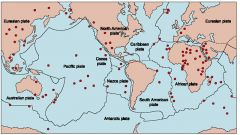
|
|
|
Convergent plate Boundary |
when 2 or more plate tectonics collide |

|
|
|
Divergent plate Boundary |
when 2 plate tectonics move away from each other |
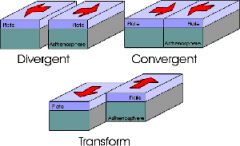
|
|
|
Transform plate Boundary |
when 2 plate tectonics grind past each other |
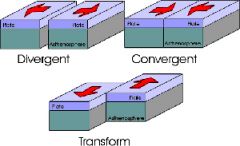
|
|
|
Mid-ocean Ridges |
underwater mountain system formed by plate tectonics
|

|
|
|
Pangaea |
the name of a supercontinent that existed long ago |
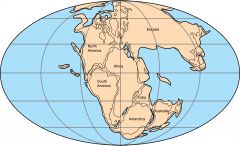
|
|
|
Island Arcs |
curved chain of volcanic islands located at a tectonic plate
|
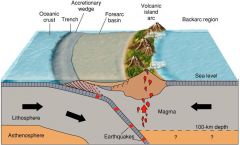
|
|
|
Faults |
planar fracture or discontinuity in a volume of rock
|

|
|
|
Trenches |
a deep and long narrow ditch |
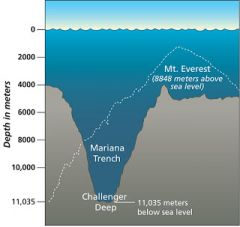
|
|
|
Folded Mountains |
mountains that form mainly by the effects of folding on the top layer
|
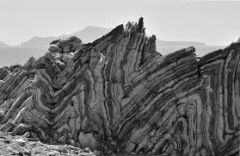
|
|
|
Pacific Ring of Fire |
an area of a great amount of volcanoes |

|
|
|
Seismic Activity |
frequency and size of earthquakes that happen over a period of time
|
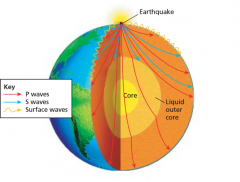
|
|
|
Landforms |
a natural feature of the earth's surface
|
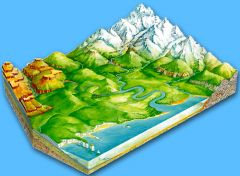
|
|
|
Seafloor Spreading |
where new crust is formed and it moves away |
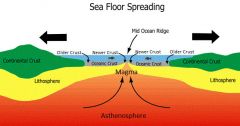
|
|
|
San Andreas Fault |
an example of a transform plate boundary |
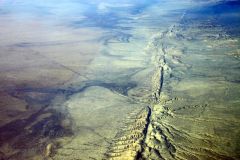
|
|
|
Continental Drift |
a theory that all continents were connected but moved away |
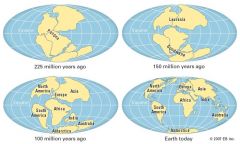
|

